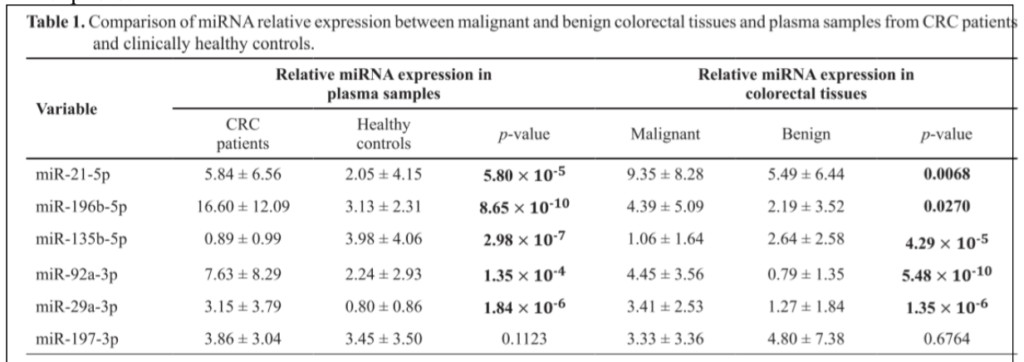Machine learning can identify cancerous samples with almost 100% accuracy and could thus replace the current, more traumatic screening methods
12 Feb 2025

The success rate of treating colorectal cancer (CRC) can be greatly increased through the early and accurate diagnosis of the disease. However, the current standard diagnostic procedures for CRC often take a lot of time and lack sensitivity and specificity since most rely on visual examination by expert pathologists. As the number of expert pathologists in the country is limited, delays may be observed from the initial diagnosis and second opinion which results in the postponement of medical treatments.
The research makes use of 6 microRNAs (miRNAs) derived from plasma and tissue samples to differentiate cancerous and non-cancerous samples. Like DNAs, miRNAs are biological codes in our body that specifically determine what features will be expressed from our genes. The selected 6 miRNAs were specifically chosen since they are largely expressed or inhibited among CRC patients. Using machine learning, the study was able to distinguish cancerous and non-cancerous samples with an accuracy of 99.35% using plasma samples, and 99.30% using tissue samples, respectively. The high model accuracy utilizing plasma samples indicates that a less invasive screening procedure, using blood, may be used instead. This screening is significantly less traumatic than the current one since it will only necessitate a blood sample from the patient.
With a faster and more accurate diagnosis, patients will be able to receive prompt and personalized treatment. And in fact, also significantly reduces the chances of misdiagnosis, consequently eliminating the high risk and financial burden that comes with it.
Authors:
Aamer Sultan (College of Science, University of Santo Tomas), Aaron Austin de Asa (College of Science, University of Santo Tomas), Tesah Mae Guimbangunan (College of Science, University of Santo Tomas), Ezekiel Dmitri Serapio (College of Science, University of Santo Tomas), Allan Fellizar (The Graduate School, University of Santo Tomas | Mariano Marcos Memorial Hospital and Medical Center, Batac), Pia Marie Albano (College of Science, University of Santo Tomas) | The Graduate School, University of Santo Tomas | Research Center for the Natural and Applied Sciences, University of Santo Tomas) and Rock Christian Tomas (Department of Electrical Engineering, University of the Philippines Los Baños)
Read the full paper: https://doi.org/10.56899/152.04.12
